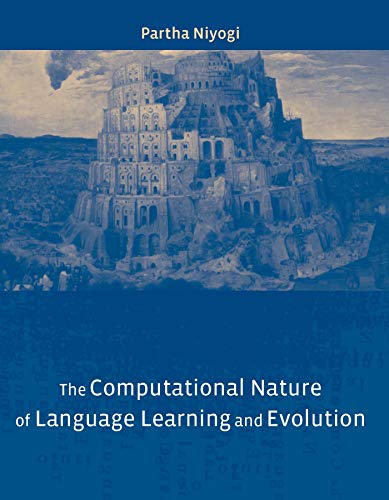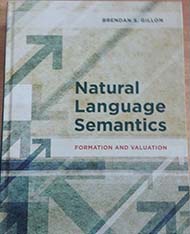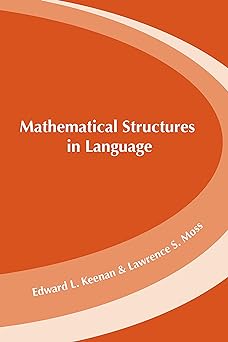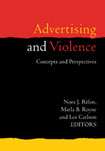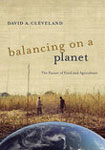Book Details

Constructing a Language : A Usage-Based Theory of Language Acquisition
Tomasello argues that the essence of language is its symbolic dimension, which rests on the uniquely human ability to comprehend intention. Grammar emerges as the speakers of a language create linguistic constructions out of recurring sequences of symbols; children pick up these patterns in the buzz of words they hear around them.
All theories of language acquisition assume these fundamental skills of intention-reading and pattern-finding. Some formal linguistic theories posit a second set of acquisition processes to connect somehow with an innate universal grammar. But these extra processes, Tomasello argues, are completely unnecessary—important to save a theory but not to explain the phenomenon.
For all its empirical weaknesses, Chomskian generative grammar has ruled the linguistic world for forty years. Constructing a Language offers a compellingly argued, psychologically sound new vision for the study of language acquisition.
Michael Tomasello is Co-Director of the Max Planck Institute for Evolutionary Anthropology in Leipzig, Germany. He is the author of First Verbs and the coauthor of Primate Cognition.
1 Usage-Based Linguistics
2 Origins of Language
3 Words
4 Early Syntactic Constructions
5 Abstract Syntactic Constructions
6 Nominal and Clausal Constructions
7 Complex Constructions and Discourse
8 Biological, Cultural, and Ontogenetic Processes
9 Toward a Psychology of Language Acquisition
References
Acknowledgments
Index

ONNA RASHIKA (LIKE A WOMAN) : THE DIARY OF A LANGUAGE LEARNER IN JAPAN
Popular Picks on the Month




